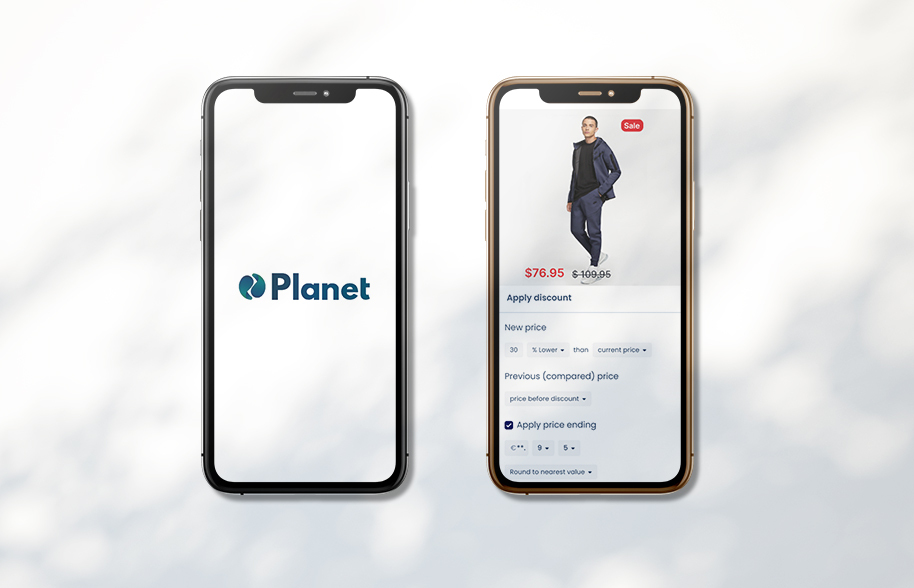Perhaps to the question “what is copywriting?” you may feel like answering that copywriting is the rights related to the authorship of literary, musical works, etc.
Don’t worry, some of us had the same thing happen to us when we first heard it a long, long time ago.
To tell you the truth, in both digital and traditional marketing we are more than used to hearing the term “copywriting” (or “copy”) to refer to any written text usedused in the marketing world (by the way, the author rights is the “copyright”).
Whether it’s the text of an article for a blog or newsletter, a text for social networks or the text that will appear in the window of a physical store: it’s all called copywriting.
But let’s empty the full cup and fill it up again. Because, just as all that glitters is not gold, not everything written for marketing is copywriting..


Let’s go straight to the point, what exactly is copywriting?
Although there are many definitions of copywriting, we are going to give our own, simple and without strange words: “Copywriting is using words to convert”. In other words, copywriting is persuasive writing that pursues an objective. And that goal is to to incite the potential customer to take an action, a conversion, such as visiting a specific page, downloading a document, filling out a form or, of course, adding a product to the cart. But be careful, very careful. Because copywriting, the persuasive text, is not the only factor in convincing a person to take an action. a person to carry out an action. You can hire the best copywriter in your sector, but, if the segmentation of your PPC campaigns PPC campaignscampaigns, your sales page or even your payment page (among other factors) are not optimal… you will never get that potential customer to buy from you. Can you imagine a Ferrari with a Citroën 2 CV engine? This is what happens when we have good copywriting on a page with poor usability or technical problems.The characteristics of copywriting (the real thing)
Now that we are more or less clear about what copywriting is (and that it has nothing to do with copyright), the next question is obvious: what are the characteristics of copywriting? In general terms, we can mention the following three:- Speaks to the ideal customer
- Speaks to the problem of the ideal customer
- Discusses the solution to the ideal customer’s problem

Types of copywriting
Within copywriting we have to talk about different types. As we have said, the general objective of copywriting is to convert, but it varies according to the specific objective and the subject matter.Types of copywriting according to the specific objective
Creative Copywriting
Creative copywriting is usually done by agency copywriters, both offline and online. It is characterized by being the most creative “version” of copy, and is more related to the world of advertising. A creative copywriter would be in charge of writing script for an advertisement to be aired on television, or the one who writes slogans or claims for brands. The goal of creative copywriting is not to seek an immediate response (click a button here and now), but to position a brand to generate awareness among its target audience.SEO copywriting
SEO copywriting is specific to the Internet, and it is about writing texts that are well positioned in search engine pages. Therefore, your main goal is to make users find those texts when they browse the web (if no one finds the text, how are you going to convert?).Marketing copywriting
The marketing copywriter is the one who writes to achieve an immediate response from the user (usually online), although it is normal that he/she also has knowledge of SEO to position those texts. For example, marketing copywriting is what we see in the sales pages of websites or in the texts used for email marketing, among others.Types of copywriting according to subject matter
General copywriting
As its name indicates, the generalist copywriter is the one who covers many sectors without going into detail from the technical point of view.Specialized copywriting
On the other hand, the specialized copywriter is an expert in a specific sector and is capable of producing texts with a high level of technicality and specialization.So, is copywriting the same as content writing?
So, having seen what copywriting is and its different types, let’s get down to the nitty-gritty. In the introduction we said that “copywriting” is used to refer (erroneously) to any text produced in the marketing field. But, knowing already that the goal of copy is more or less direct conversion, would you still say that it is the same as content writing? It is true that copywriting and web content writing are part of marketing. (off and online). However, while copywriting is more conversational in nature, the purpose of content writing is more informative. The purpose of content writingis to inform the user about something related to your sector, to provide value, not so much to look for an immediate response from the user. Copywriting is closely related to content marketing (fundamental for the sales funnel), and helps us to generate awareness, to attract users to create a community around our brand or company. Let’s look at the following example: – “Tools to manage your business effectively”. – “Did you know you can make your business bill while you’re on vacation?” The first one could be the title of a blog article: we are going to tell you what tools to use to manage a business effectively. It is informational in nature: the user is aware of these tools without the intention of offering them to him/her. The second one we would use as a title for a sales page: we are going to tell you how to make your business make money even if you are on vacation. We do not specify how, we only awaken a curiosity in the reader who is looking for the way to do what we enunciate. Yes, this is a subtle difference… and at the same time the BIG difference between copywriting and content writing.







